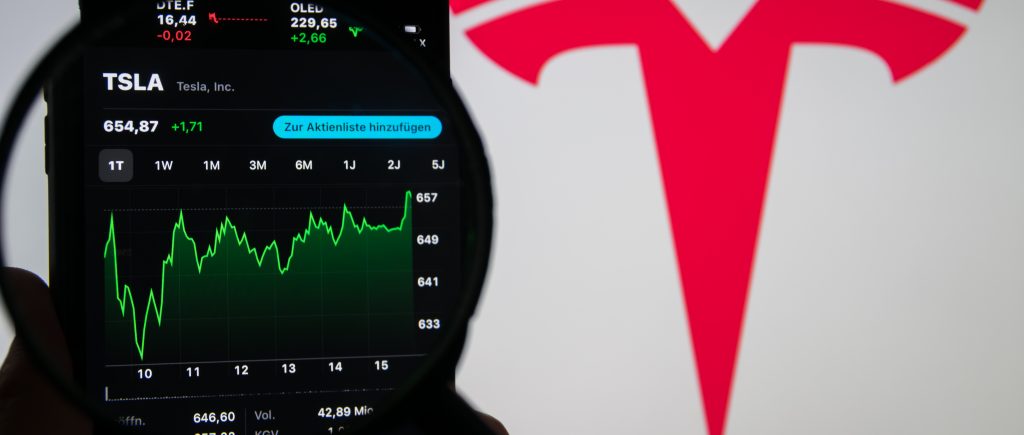Tesla shares were trading 3.49% higher at $902.05 (Tesla, Inc.’s TSLA +3.88%) late during Friday’s session on the back of a Thursday tweet by CEO Elon Musk seems to be helping the company’s stock. All the tweet said is “working on Master Plan Part 3,” but people who follow the electric-vehicle company know exactly what Musk is talking about.
Part 3 of the master plan would follow Part Deux, published in 2016, and Part 1, written by Musk in 2006. Plan 1 called for a low-volume car that would be expensive, but would help the company to build a medium-volume vehicle. Those cars are, essentially, the Model S and the Model 3, respectively.
Musk sent his followers on a guessing game with a tweet that said he is working on “Master Plan Part 3”, Tesla ‘Master Plan’: The first part off Musk’s “Master Plan” was proof of concept, and part two was about “scaling the concept and prototype development” of the network.
Part two of the plan was announced on July 20, 2016, when Tesla had yet to become profitable and had a market cap of about $30 billion, the analyst said. Since then, the valuation of the stock has increased by a factor of about 30.
Part three of the plan could have to do with “mass industrialization, a network of flywheel and connecting the dots across adjacent total addressable markets. Tesla could work on ways to collaborate with Musk’s other companies such as the Boring Company and SpaceX’s Starlink unit.
Increased possibility exists for Tesla to offer products and services to the electric vertical takeoff and landing (eVTOL)/urban air mobility (UAM) market, moving into aviation. The potential skills transferability and network adjacencies are too strong to ignore.
Tesla could be working on a “vertically integrated” battery supply business that resets the industry cost curve. Additionally, the EV maker is working on technology that would fuse the battery into the structural integrity of vehicles, he said. This would serve to improve the vehicle range per unit of mass, leading to incremental cost savings.
Over time, Tesla is well-positioned to introduce vehicles at a price point of $15,000 or less to penetrate key markets such as India. The scope of increased network services or recurring revenues is also potential. Tesla could derive greater value in the average revenue per use or attach rate of the installed base of Tesla vehicles than from the unit price of the vehicle itself.
Autonomy is likely to feature prominently in any of Tesla’s plans. In short, if Tesla’s share price were to multiply from here, we believe it will have rather little to do with the core business of making and selling cars in the traditional model so familiar to auto analysts. Morgan Stanley has an Overweight rating and $1,300 price target for Tesla shares.

 Noor Trends News, Technical Analysis, Educational Tools and Recommendations
Noor Trends News, Technical Analysis, Educational Tools and Recommendations




